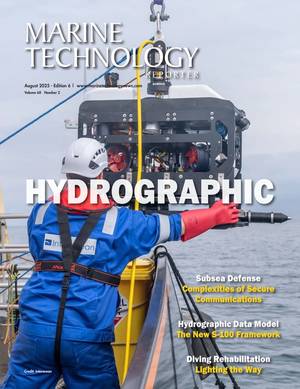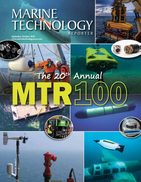TenneT Installs Giant HVDC Offshore Wind Converter Platform in North Sea
The DolWin epsilon HVDC offshore wind converter platform, part of German transmission system operator (TSO) TenneT’s grid expansion project, has been installed in the North Sea.
The installation of DolWin epsilon HVDC platform at DolWin cluster the German North Sea follows the recent installation of BorWin epsilon platform, forming offshore grid connection systems, which are due to be commissioned in 2025.
The DolWin epsilon was built by Seatrium, while Aibel and Hitachi Energy installed the final technical equipment, including the HVDC converter and transformers, prior to commissioning.
The platform is designed with a lifespan of 30 years and can convert approximately 900 MW of electricity, capable of powering over 1.1 million households.
Together, the two platforms will bring TenneT Germany very close to reaching the 10 GW mark – a significant step towards securing Europe’s renewable energy supply.
Ørsted's Borkum Riffgrund 3 offshore wind farm will be connected to the DolWin epsilon offshore converter platform. A total of 83 Siemens Gamesa wind turbines, each with a rated capacity of 11 MW, will be installed at Borkum Riffgrund 3, which will have 913 MW capacity.
“TenneT has been developing offshore infrastructure for nearly 20 years. In 2010 we commissioned our first 400 MW converter platform BorWin alpha. Since then, we have gradually scaled up to today’s 900 MW standard – the backbone of current offshore grid connections like DolWin5.
“The next technological leap is already in preparation: our 2GW program will further increase efficiency and system performance. But this is not just about capacity. Efficiency, interoperability and European coordination must go hand in hand. That’s why we are investing in multi-terminal hubs and a future cross-border HVDC Overlay Grid – to enable a truly integrated offshore system.
“Planning for 70 GW of offshore wind in the North and Baltic Seas by 2045 is ambitious – and necessary for reaching climate goals. But a shift is needed: from pure capacity targets to realistic energy goals. System efficiency must become a guiding principle – through coordinated targets, shared standards and smart spatial planning,” said Tim Meyerjürgens, CEO of the TenneT Germany, who shared the installation announcement on social media.



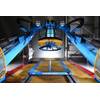
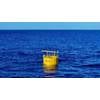
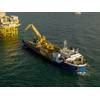
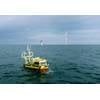







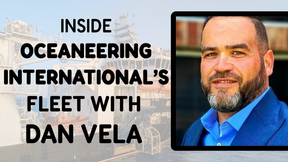
 August 2025
August 2025
